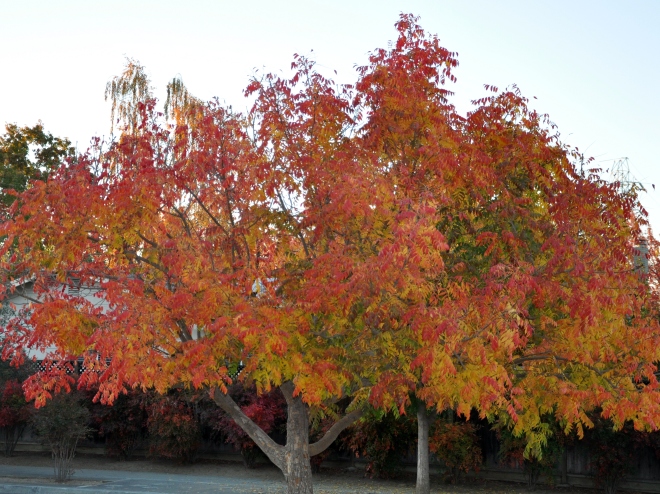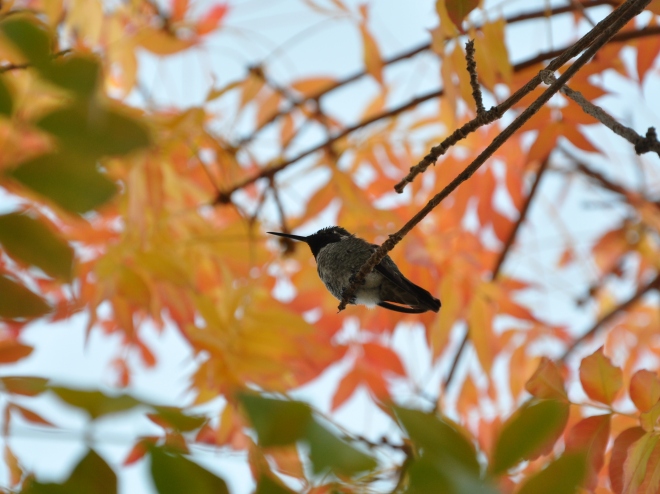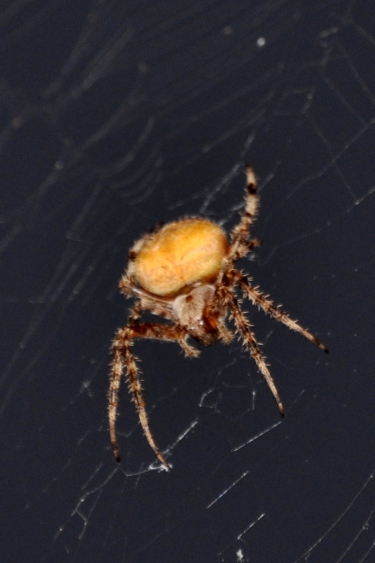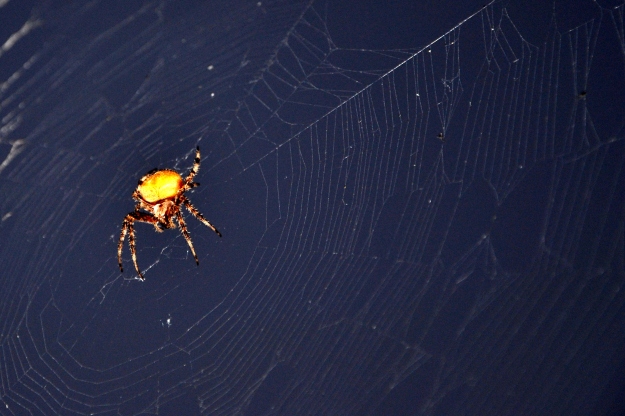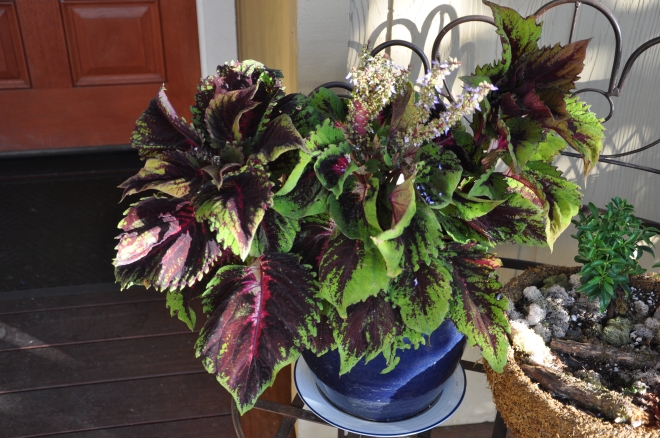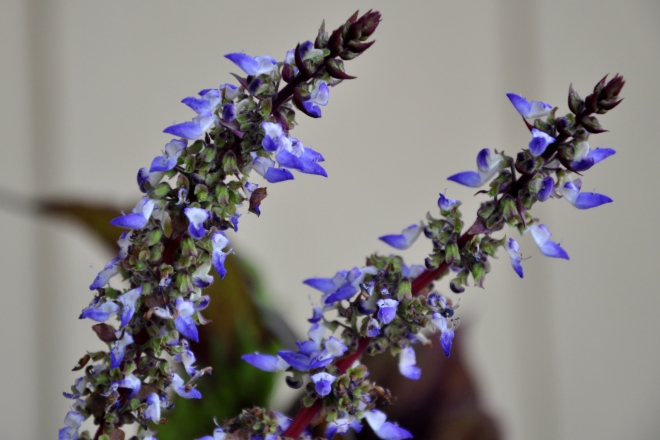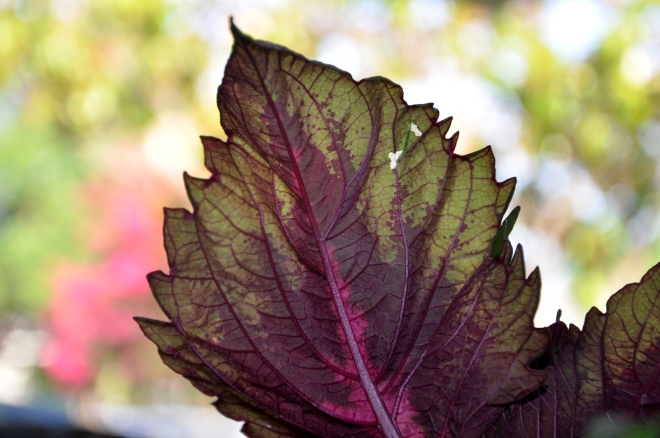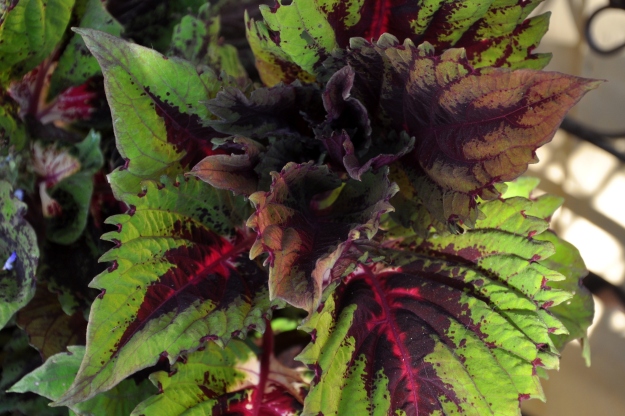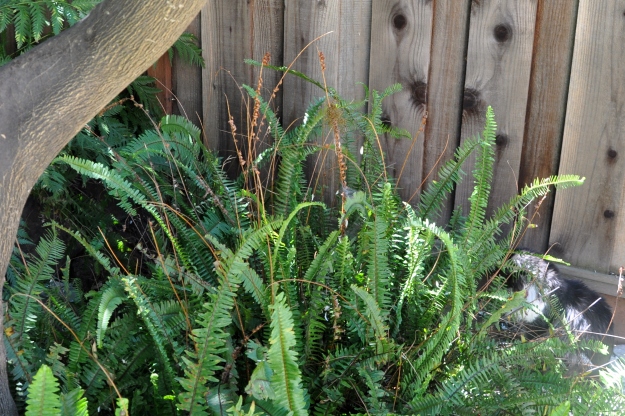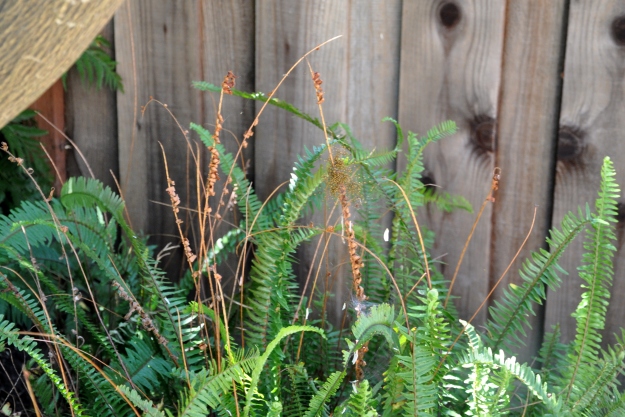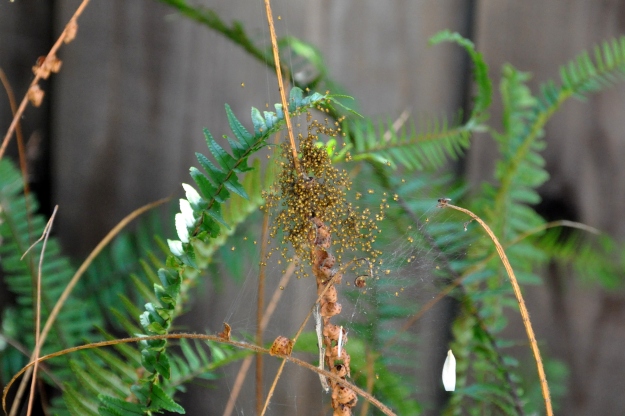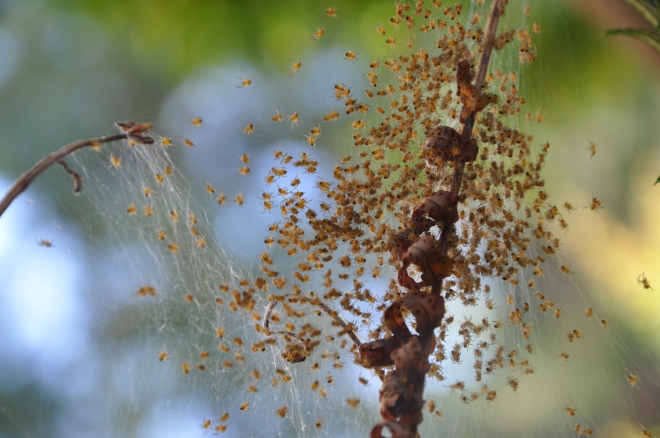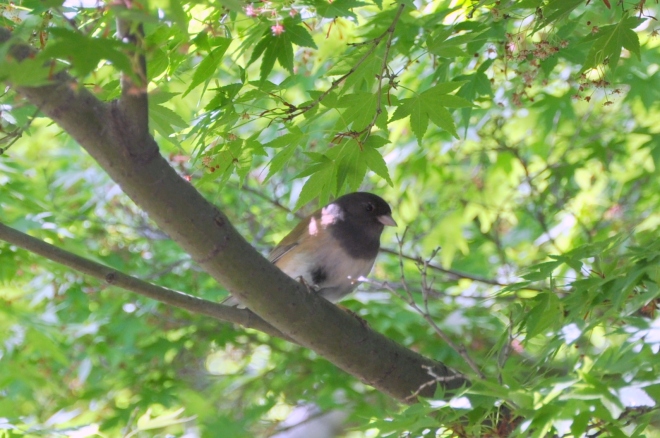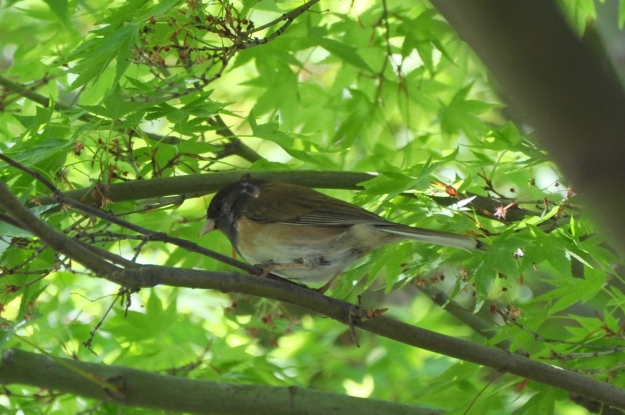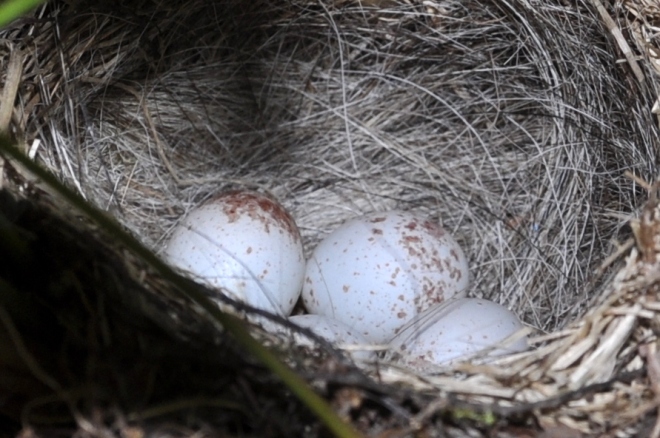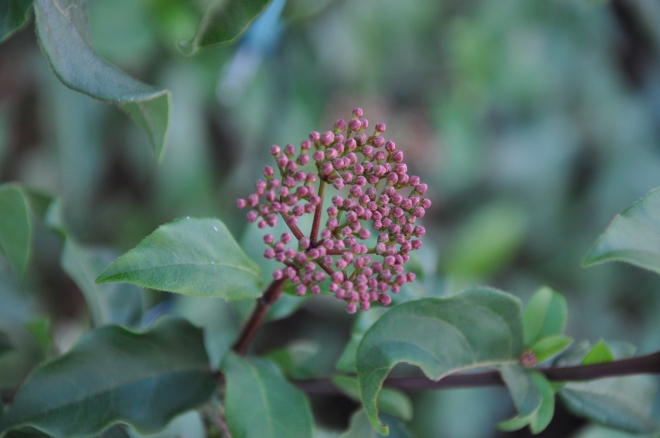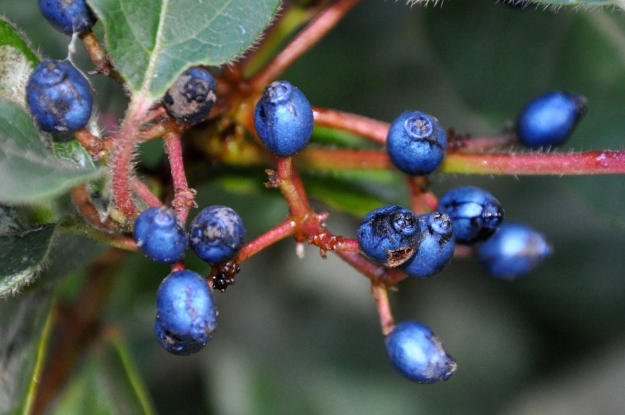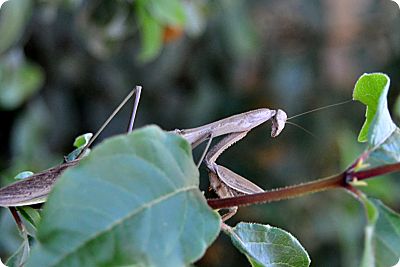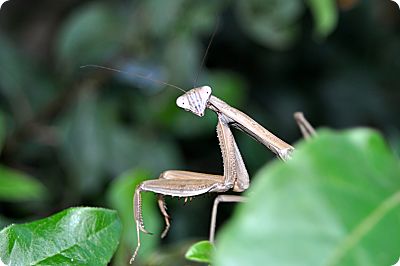 Like dominoes, much of the garden continues to succumb to days of frost. The cyclamen, however, look terrific. The plant pictured above remained dormant all summer. As spring and summer annuals died, my trusty cyclamen bloomed again. I’ve always loved the way the flowers soft petals seem to fold in like little clam shells.
Like dominoes, much of the garden continues to succumb to days of frost. The cyclamen, however, look terrific. The plant pictured above remained dormant all summer. As spring and summer annuals died, my trusty cyclamen bloomed again. I’ve always loved the way the flowers soft petals seem to fold in like little clam shells.
The nurseries are full of them this time of year, usually in red and white. I assumed they were all the same plant, but apparently the nursery variety are grown for indoors. Though sold as ‘house plants’, they prefer cool temps. In fact, if you keep one indoors, they suggest putting it outside for a few hours, or even overnight, to prolong the health of the plant. It seems counter-intuitive. The rest of the garden needs salvaging from the carnage of this unusual frost, but the Cyclamen crave it.
According to Garden Web:
Cyclamen [in its native habitat] is an endangered plant. Centuries of collecting from the wild have decimated populations and the Cyclamen is now protected by CITES. CITES is the Congress on International Trade in Endangered Species. It is a worldwide body set up to protect not only plants, but animals that are in danger of extinction. It is illegal to import or export Cyclamen to or from any cooperating country without a CITES permit.
I had no idea! I saw hundreds of them on display at a nursery earlier this week, so hope this bodes well for their survival. Meanwhile, this little gem is looking pretty in pink and happy in the garden. I’m inspired to plant many more.
Further Reading:








